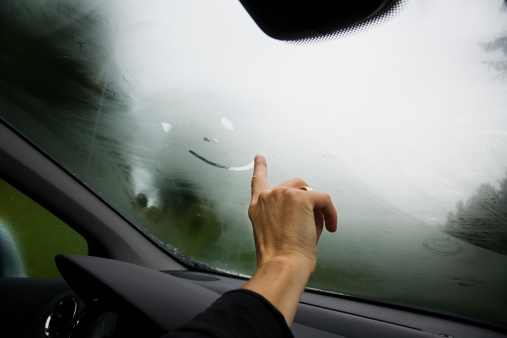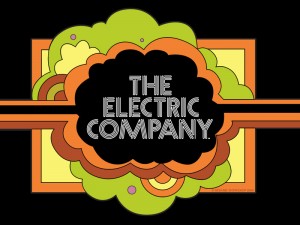A battered SUV rumbles across a country road, winding through wheat fields. We hear a conversation between the passengers, who are trying to decipher the vague driving directions they’ve been given for finding a small village tucked in the hillside. They are to take a turn just beyond the solitary tree. As they drive along, they pass a majestic free-standing tree, its branches sprawled against a crisp cloudless sky. Moments later, they pass another solitary tree — and then another and another. Which of these trees marks the spot, they wonder? So begins Abbas Kiarostami’s latest film, The Wind Will Carry Us (1999). Perhaps more than any other, this Kiarostami film treats the Iranian countryside as a character and not a placid backdrop. The landscapes — the contrasting colors of earth and sky, the stalks of wheat delicately moving to the breeze, the trees dotting the hillside — appear in characteristically long, uncut wide shots.
The title of the film is taken from the poetry of Forugh Farrokhzad and in a pivotal scene of the film, Forugh’s poem is recited. A leading feminist poet who rose to prominence in the 1960s, Forugh drew on nature to construct strikingly visual metaphors describing the complexities of her quest for independence as a woman writer in Iran. At times, she depicted herself in her poetry as enclosed and detached, watching the world through the frame of a window. Yet Forugh’s most evocative statement of intellectual and personal growth came in a verse where she exclaimed that she would plant her hands in the garden and grow. In Forugh’s writings, nature and the garden, common tropes in classical Persian poetry, came to represent the elemental quality of gender politics, the unnaturalness of restrictions on women’s lives. Kiarostami draws on and extends Forugh’s interpretation of nature in both his film and photographs.
The photographs exhibited in Manhattan in spring 2000 echo scenes from The Wind Will Carry Us. Though they are not film stills or location shots, Kiarostami said there is little difference between his filmmaking and photography. In the end, he sees their qualities merging.
“The nature that is in the location of my films can be seen in my photography, and I want my films to become closer to my photography and more distant from storytelling,” he said. “It is true that these are completely separate milieus, but in my opinion, the ideal situation for me is for these two areas — photography and cinema — to become closer to one another.”
Long before he began his career as a filmmaker, Kiarostami trained as a painter at the School of Fine Arts at Tehran University. He went on to work as a graphic artist and as a commercial director. In 1969, one of his commercials caught the eye of Firuz Shirvanlu, the director of the Center for the Intellectual Development of Children and Young Adults. Kiarostami was asked to establish a film division at the center. In 1970, he produced his first film, a short entitled Bread and Alley. [1] Since then, Kiarostami has directed nearly 30 films and has come to the attention of some of the leading figures of world cinema. [2] Akira Kurosawa has said, “When Satyajit Ray passed on, I was very depressed. But after seeing Kiarostami’s films, I thanked God for giving us just the right person to take his place.” [3]
In his films, Kiarostami has explored the relationship between fiction and reality, the subjectivity of truth as framed by the camera’s lens. Resisting a comfortable narrative, Kiarostami challenges the viewer to engage with his films, rather than to view them passively. Photography, which he took up during the revolution at a time that he doubted his future as a filmmaker, offers him another way to interact with his audience; they are called on to actively participate in the generation of meaning in Kiarostami’s art. [4]
“I prefer the gaze of a viewer in front of a photograph to the kind of gaze that an audience of my films has in a theater,” Kiarostami said. “The expectation of a viewer in the theater is to look for the continuities and changes in a story. He has grown accustomed to sitting in a theater and listening to a story. But in a gallery, I have seen that the viewers look at each single photograph, their gaze is more focused on the photograph, because they do not expect to hear a story.”
Like his films, his photographs are presented without expected guideposts that explain their significance. There are no labels, no titles, no dates. It is left to the viewer to lend them a particular meaning. Though it may appear that his lens reveals an unchanging and placid nature, Kiarostami’s photographs, in fact, seem to reveal a deeply political use of the landscape. “Photographs of nature are universal,” he said. “A tree has no ethnicity, no birth certificate, no passport, no nationality, therefore what difference does it make where in the world this tree is? What is important is the similarity between all trees, the similarity between all skies, the similarity between all landscapes. Nature has no specific culture. I am emphasizing this lack of ethnicity of nature. Therefore I do not want to mark the specific time and place of my photographs.”


